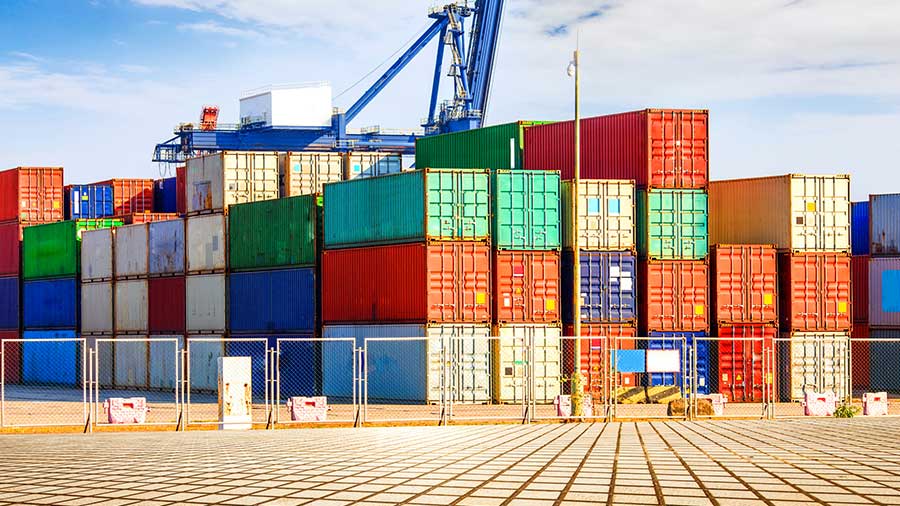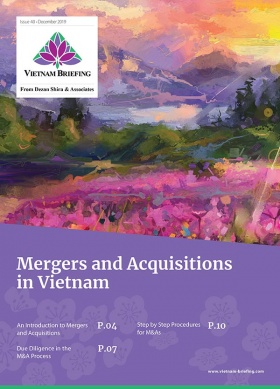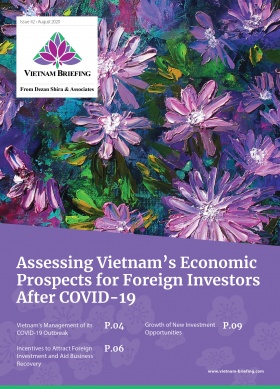EVFTA: Vietnam’s Decree 111 Details Preferential Export and Import Tariff Structure
- Vietnam issued Decree 111/2020/ND-CP on September 18, outlining Vietnam’s preferential export and import tariffs to implement the EVFTA.
- The Decree details import and export preferential tariff schedules, countries eligible as well as rules of origin guidelines.
- Exporters and importers should ensure they are in compliance of the Decree to ensure their eligibility is not rejected by customs and thus negate the benefits of the EVFTA.
On September 18, Vietnam issued Decree 111/2020/ND-CP (Decree 111) outlining Vietnam’s preferential export and import tariffs to implement the EU-Vietnam Free Trade Agreement (EVFTA). The EVFTA took effect on August 1 paving the way for increased trade between the EU and Vietnam. The free trade agreement is seen as a modern landmark agreement between Vietnam and the EU containing provisions for intellectual property rights (IP), investment liberalization, and sustainable development.
Decree 111 came into effect on September 18. However, goods exported or imported from August 1 when the EVFTA took effect, will also be eligible to enjoy the preferential tariffs. Businesses will therefore be able to claim a refund if they have exported or imported from August 1 onwards. The Decree is thus retroactive.
The Decree also lists which countries it applies to and conditions for the application of the EVFTA including rules of origin guidelines. We take a look.
Exports to the EU
Decree 111 applies to all member states of the EU. It also applies to the UK and Northern Ireland until December 31, 2020. In order to avail of the preferential tariffs, businesses should include documents stating clearly they are destined for member countries in the EU or the UK and Northern Ireland. The customs declaration must clearly state that the goods originate in Vietnam.
For exports, Vietnam has the right to retain export duties on 526 tariff lines for important goods such as crude oil and coal. Goods that do not figure in the preferential export tariffs in Decree 111 but are in the list of taxable goods specified in Decree 57/2020/ND-CP should be subject to an export rate of zero percent.
Imports into Vietnam
For goods imported into Vietnam, they must be on the list included in the Tariff schedule as per this Decree 111. They must also be imported from the EU, or the UK, Northern Ireland, Andorra, or San Marino and must meet EVFTA rules of origin guidelines. We have discussed this topic earlier here, where proof of origin from the EU includes the state of origin made by registered users on the REX system, for example.
Vietnam has committed to eliminate around 45.8 percent of import duties, equivalent to 64.5 percent of EU’s exports from August 1.
Compliance will be key
The new Decree is timely and lists the preferential tariff details which will make it easier for traders to know which exact product can qualify for tax breaks. In addition, the Decree explains the criteria, countries that are eligible and rule of origin guidelines. The Decree also allows for refunds for exporters and importers who have followed the guidelines and traded goods since August 1 when the EVFTA went into effect.
However, the crux of the EVFTA and those wanting to be eligible for the preferential tariffs will be in the rule of origin guidelines. These can be complex and manufacturers should harmonize them as per the FTA rules. Exporters and importers should ensure compliance as customs authorities will likely scrutinize goods as businesses look to take advantage of the EVFTA.
About Us
Vietnam Briefing is produced by Dezan Shira & Associates. The firm assists foreign investors throughout Asia from offices across the world, including in Hanoi and Ho Chi Minh City. Readers may write to vietnam@dezshira.com for more support on doing business in Vietnam.
- Previous Article FDI-Daten zeigen Vietnams stetiges Wirtschaftswachstum
- Next Article EVFTA: Vietnams Dekret 111 – Details zur präferenziellen Export- und Importzollstruktur






























